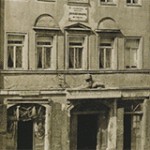 Biography II.
Biography II.
CHILDHOOD AND ADOLESCENCE
(1813-1829)
Wilhelm-Richard Wagner was born “at the first streaks of dawn” (Mein Leben) on May 22, 1813 in Leipzig (Kingdom of Saxony), on the second floor of the house known as the Red and White Lion, at number 3 on the Brühl, a great shopping street of the city.
Richard is the ninth child of Carl Friedrich Wagner, clerk for the Leipzig Police and his wife Johanna Rosine (née Pätz).
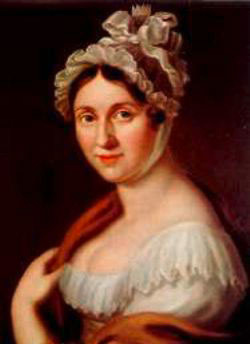 In the city wounded and weakened by the war and the Napoleonic occupation (see Biography I: 1813 in Germany), the Wagner couple had a very hard time meeting the needs of such a big family. Just a few months after the birth of little Richard, in November of the same year, his father Carl Friedrich died from a typhus epidemic that was ravaging the city. Her mother found material support and emotional comfort from a faithful family friend, Ludwig Geyer, a multi-faceted artist, painter, author, stage actor and singer.
In the city wounded and weakened by the war and the Napoleonic occupation (see Biography I: 1813 in Germany), the Wagner couple had a very hard time meeting the needs of such a big family. Just a few months after the birth of little Richard, in November of the same year, his father Carl Friedrich died from a typhus epidemic that was ravaging the city. Her mother found material support and emotional comfort from a faithful family friend, Ludwig Geyer, a multi-faceted artist, painter, author, stage actor and singer.
Richard would be too young to reject the one who imposed himself on him as a new father, and from whom he discovered the different forms of art that Geyer practiced as best he could. Johanna’s fairly quick remarriage with Geyer the following year will feed the “legend” that the new spouses had known each other intimately for a long time… and that young Richard might not be the son of the one who recognized him as his during his baptism.
The question still remains, though it does not seem to have disturbed the young boy’s childhood.
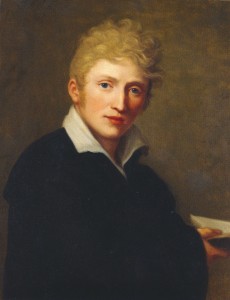 It was in a new environment, in Dresden where Geyer welcomed Johanna and her children, that Richard spent his childhood years. His very first education was assigned to Pastor Christian Ephraim Wetzel, who admitted him to his boarding school in Possendorf, a three-hour walk from Dresden.
It was in a new environment, in Dresden where Geyer welcomed Johanna and her children, that Richard spent his childhood years. His very first education was assigned to Pastor Christian Ephraim Wetzel, who admitted him to his boarding school in Possendorf, a three-hour walk from Dresden.
From the very first lessons that the child received, he showed a particular interest in the story of Mozart’s life that he was taught, the battles the Greeks led to emancipate themselves from the Turks as well as the singular adventure of … Robinson Crusoe! A composer whose genius talent was as turbulent as innovative, armed fighting to defend a people’s freedom, as well as the story of a solitary exile: these very first readings could sum up the future life and career of the young boy!
The year following the death of his father-in-law (September 30, 1821), Richard entered the Kreuzschule (School of the Holy Cross) in Dresden; he remained there for four years. He was among the last admitted but quickly reached the top of his class.
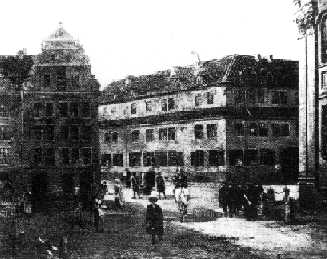 At school, the young boy showed no particular taste or aptitude for mathematics or dead languages; however, he showed himself to be good at composition, writing, mythology and history.
At school, the young boy showed no particular taste or aptitude for mathematics or dead languages; however, he showed himself to be good at composition, writing, mythology and history.
But there were the years 1828 and 1829 that decided the career of the adolescent who seeked his own means of expression after having groped around with all the arts. After discovering Ludwig van Beethoven’s Seventh and Ninth Symphonies for the first time during a performance at the prestigious Gewandhaus Concert Hall in Leipzig, the young teenager was in a state of shock.
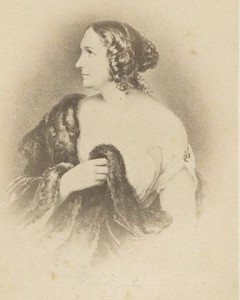
As for opera, Richard Wagner really discovered it in April 1829. That evening, the discovery of the famous singer Wilhelmine Schröder-Devrient in the title role of Fidelio was like a revelation.
Overwhelmed by the performance he had just attended, the young man, febrile, wrote a passionate letter to the artist he had just heard on stage, and who triggered his career: Richard Wagner will thus be a musician! Composer… of opera?
NC/SB.
![]()
If you wish to share further information about this article, please feel free to contact us !